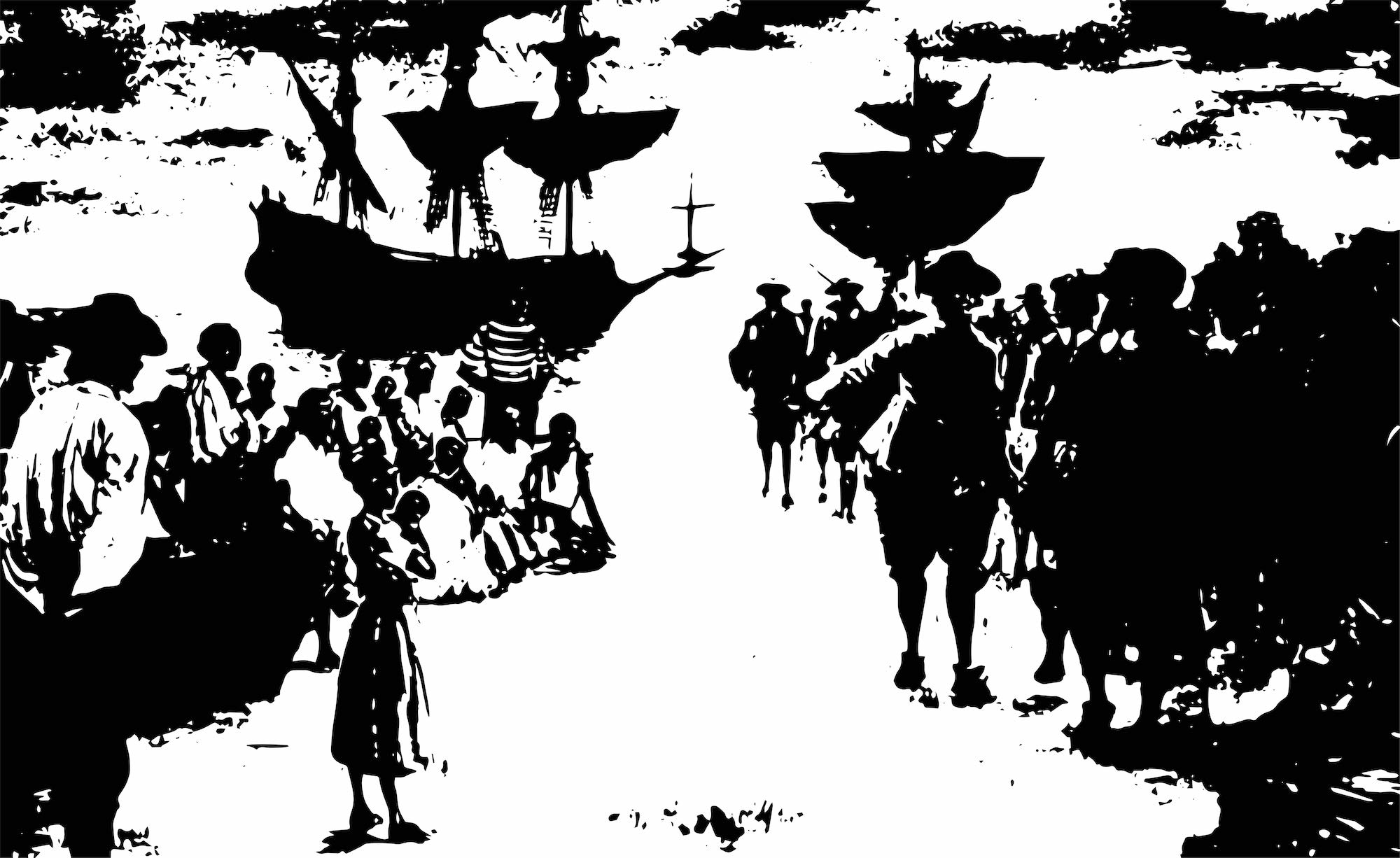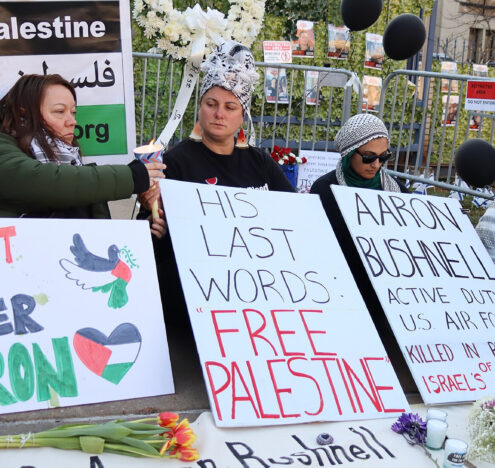Pittsburgh in 2018; another attack that year in Los Angeles; six months after Pittsburgh, a shooting in California. These are the latest acts of hate perpetrated against the Jewish community. They came only months before a shooting at an El Paso Wal-Mart left 22 people dead and injured approximately two dozen more. The shooter’s manifesto was littered with vitriol copied word-for-word from extreme pundits, and very similar to that of a New Zealand shooter who murdered 51 victims through attacks on two separate mosques. That shooter spoke of the “great replacement,” a conspiracy theory that European whites are being replaced by immigrants from the Middle East and Northern Africa. The El Paso shooter believed a similar event was taking place in the United States, his delusions and hatred amplified by Tucker Carlson, Laura Ingraham, and the President himself tweeting to cabinet officials to investigate the outlandish claims. In recent days, the FBI has reportedly prevented three more mass shooters from carrying out their plans, at least one of whom appears to have been motivated by antisemitism, white nationalist rhetoric, and a desire to kill members of the Jewish community.
This hatred of communities of color and other vulnerable groups didn’t appear overnight. Its heritage is deeply rooted in slavery, the treatment of African slaves, and the continued struggle of the black American community for equal treatment. Now, arguably more than at any time in recent history, we need to recognize that extremism, racist policies, and white supremacy stand as existential threats not only to American life but to the future of our country and others around the globe. It’s time we have very real, very honest, and potentially very awkward conversations about race, the role it has played throughout American history, and what we are going to do to reconcile our past and protect our future.
This hatred of communities of color and other vulnerable groups didn’t appear overnight. Its heritage is deeply rooted in slavery, the treatment of African slaves, and the continued struggle of the black American community for equal treatment.
Today, as immigrants of color continue to serve as scapegoats for the ills of American society, the Department of Housing and Urban Development has proposed a new rule that would allow landlords to use algorithms during the housing application review process — as a proxy for immutable traits otherwise protected by law: race, gender, and disability. These policies, which would apply to situations in which evidence of direct, intentional discrimination does not exist, would ultimately undermine, and perhaps near-completely impede, the ability of tenants to bring disparate impact discrimination claims against landlords, as long as the landlord stipulates that their intended use for the algorithm is not discriminatory and the third neutral party that develops the algorithm can attest to that fact. At the same time, the algorithms used would likely result in a disproportionately negative impact on protected tenants – partly because they provide cover to racist people who want to exclude black renters and draw a Venn diagram with a near-perfect circle around those who listen to rap music and those who tend to be black. We’re still doing this. Much like the use of biometric data and the algorithms of artificial intelligence that have difficulty differentiating faces of people of color, we’re still finding ways — new ways, in the technological age — to discriminate.
The country’s horrific history on race and its continued refusal to engage these problems head-on has exacerbated the issue to the point of a violent crisis. This crisis continues to seep into our state and local domestic policies, our technologies, the algorithms of social media companies, and (potentially) our future like a corrosive poison contaminating a water table. We will continue to face the nation-ending threat of white supremacy and white nationalist extremism unless we invest in Combating Violent Extremism (CVE) programs, which this administration has cut, and find the courage to have honest-to-God difficult, uncomfortable conversations in our homes and communities about our history of race and privilege in America and how it has shaped our lives today.
An example of this in practice is the New York Times Magazine’s 1619 Project, a series of opinion pieces, poetry, essays, and historical works designed to inform readers on the treatment and history of slavery, segregation, and Jim Crow laws in America. The project’s title comes from the August anniversary of the arrival of the first African slaves, 20-30 individuals from what is now modern-day Angola, in the British American colonies. Each work highlights not only past atrocities and injustices experienced by black Americans, but ongoing systemic issues that have plagued the nation from its original sin of slavery into the present day. It’s an important effort that may very well shape the dialogue around race, inclusion, and the need for steadfast policies that may one day fill the discriminatory gaps in our society and help heal the country. And the effort is, somehow, in 2019, controversial.
While pundits clutch pearls and attempt to convince us that the 1619 Project is a lie, that it’s really white society under attack, and that we’re in a post-racial society because we once had a black man as president, more radicalized white supremacists will shoot up schools, markets, stores, and places of worship to assert their ideology. We are not required to blindly believe pundits. We must not be bullied by maniacs who seek power through semi-automatic rifles. We must not run from engagement with each other; the change we desire can be achieved through heartfelt, frequently difficult, and awkward conversations among family, friends, and neighbors about race and its continued impact on our lives. Reading the 1619 Project is a good place to start.





















